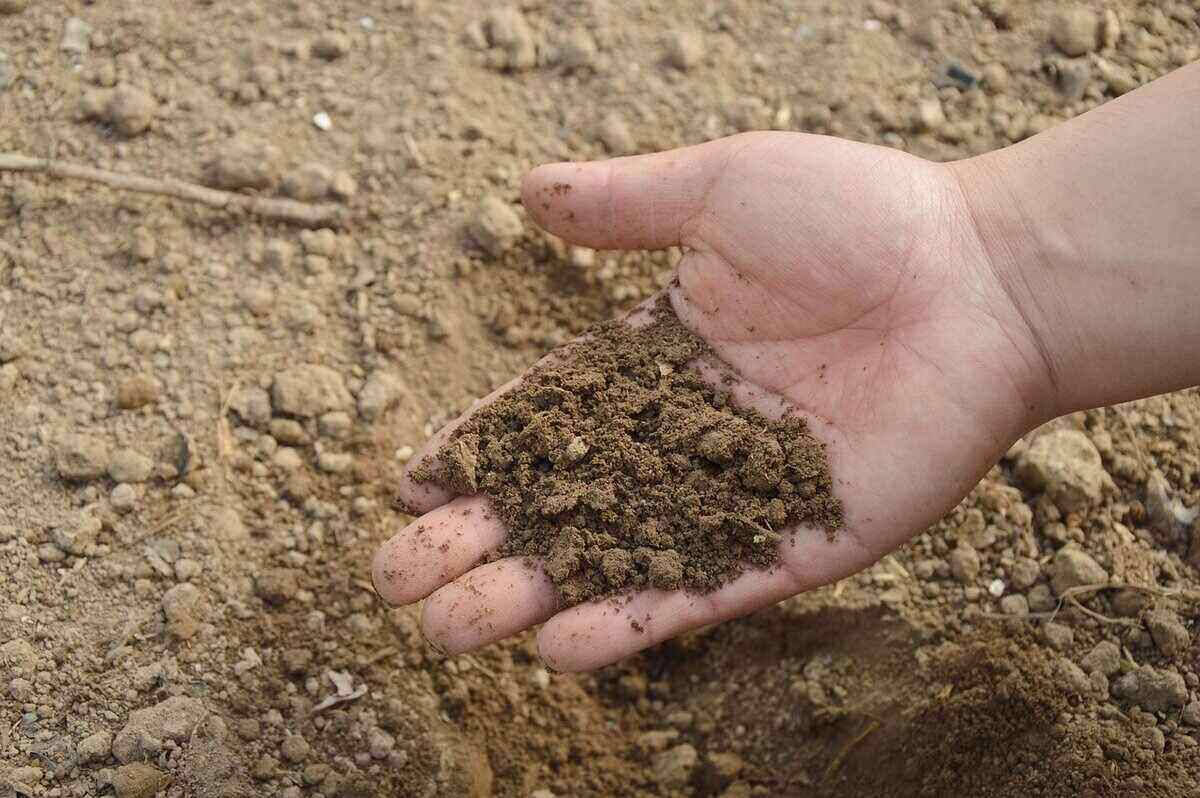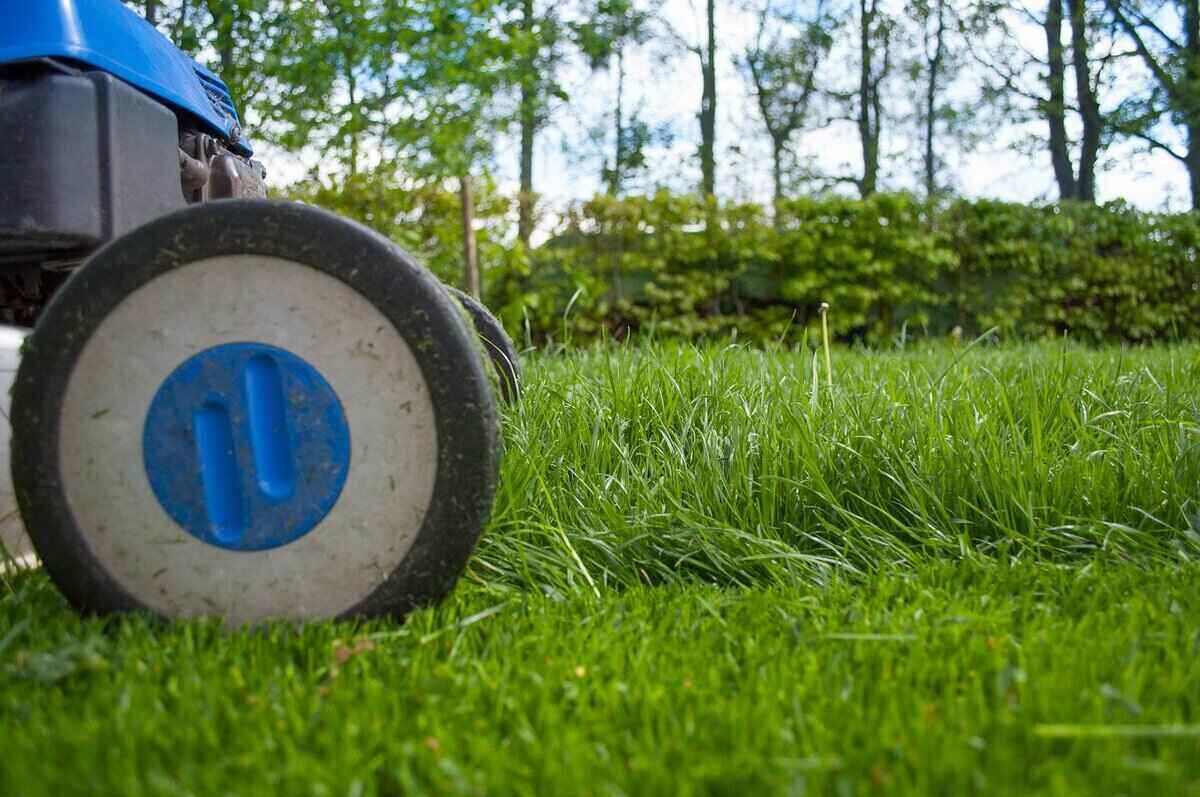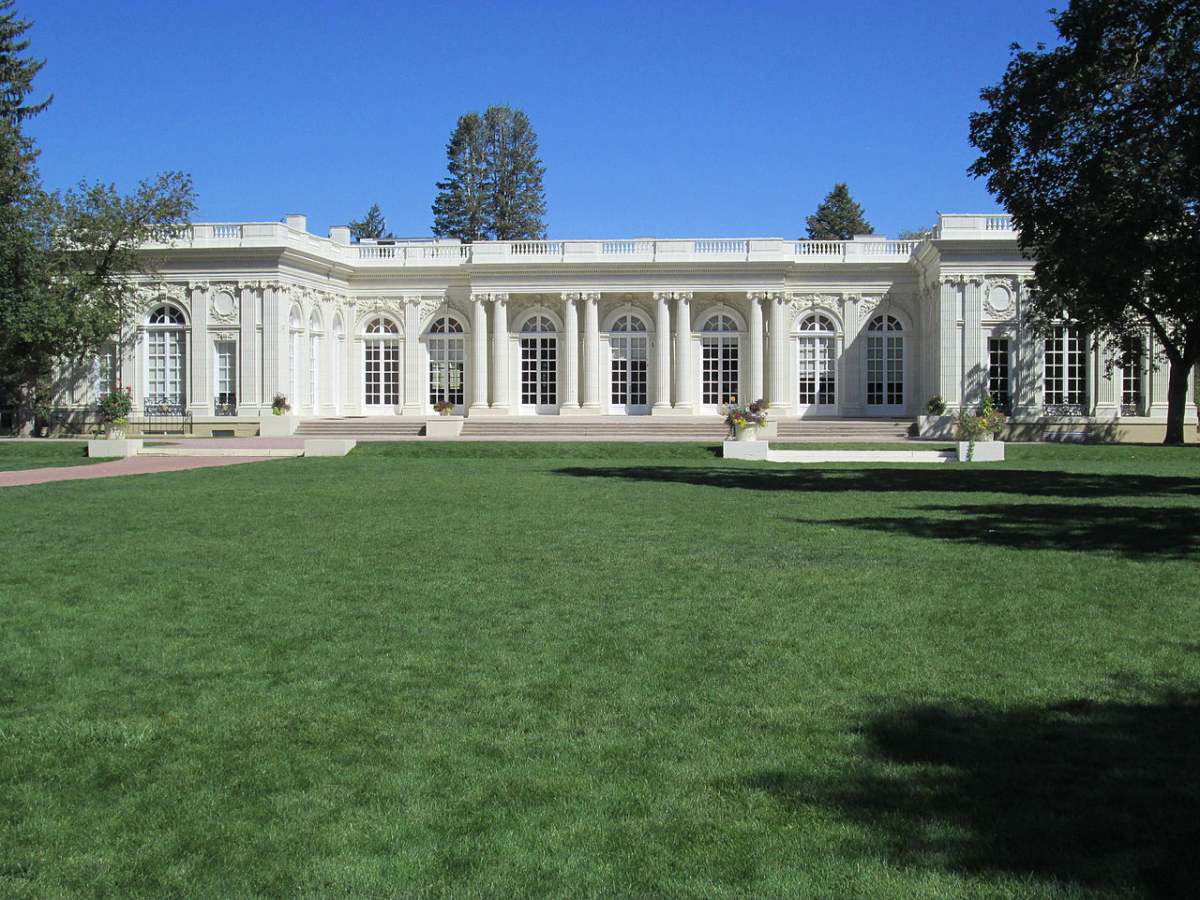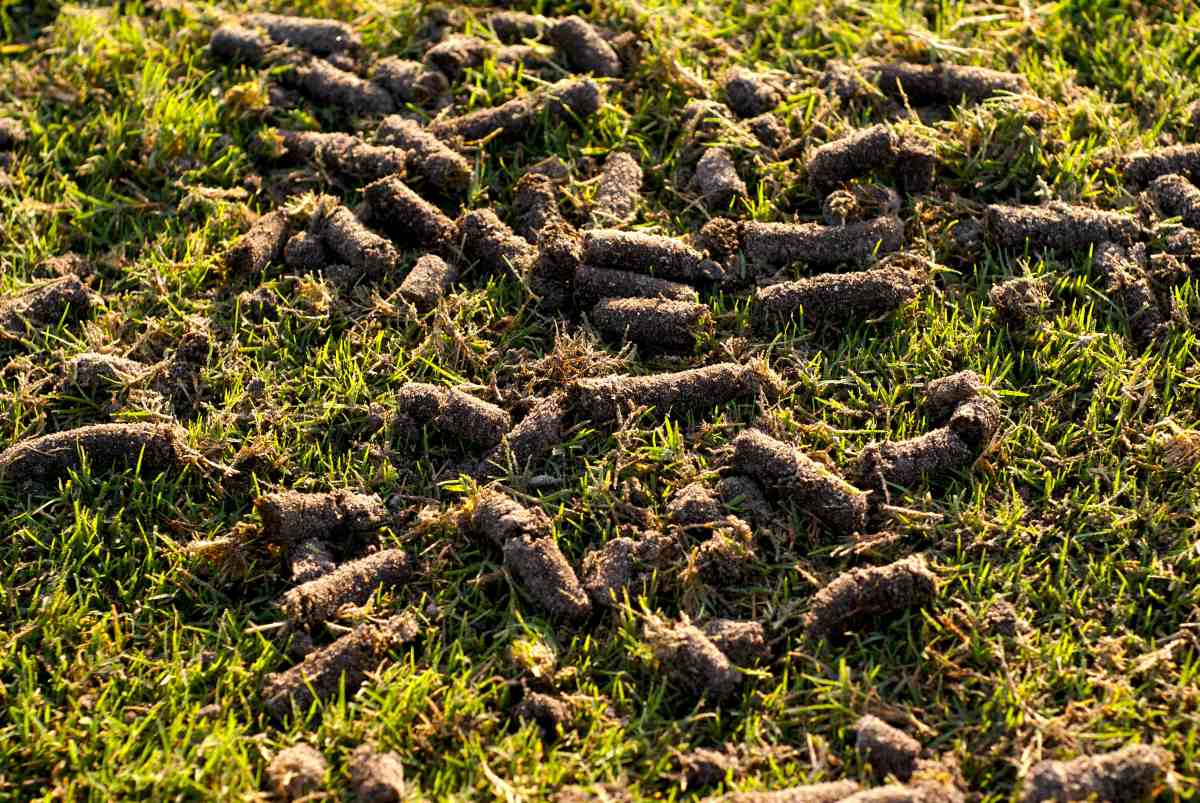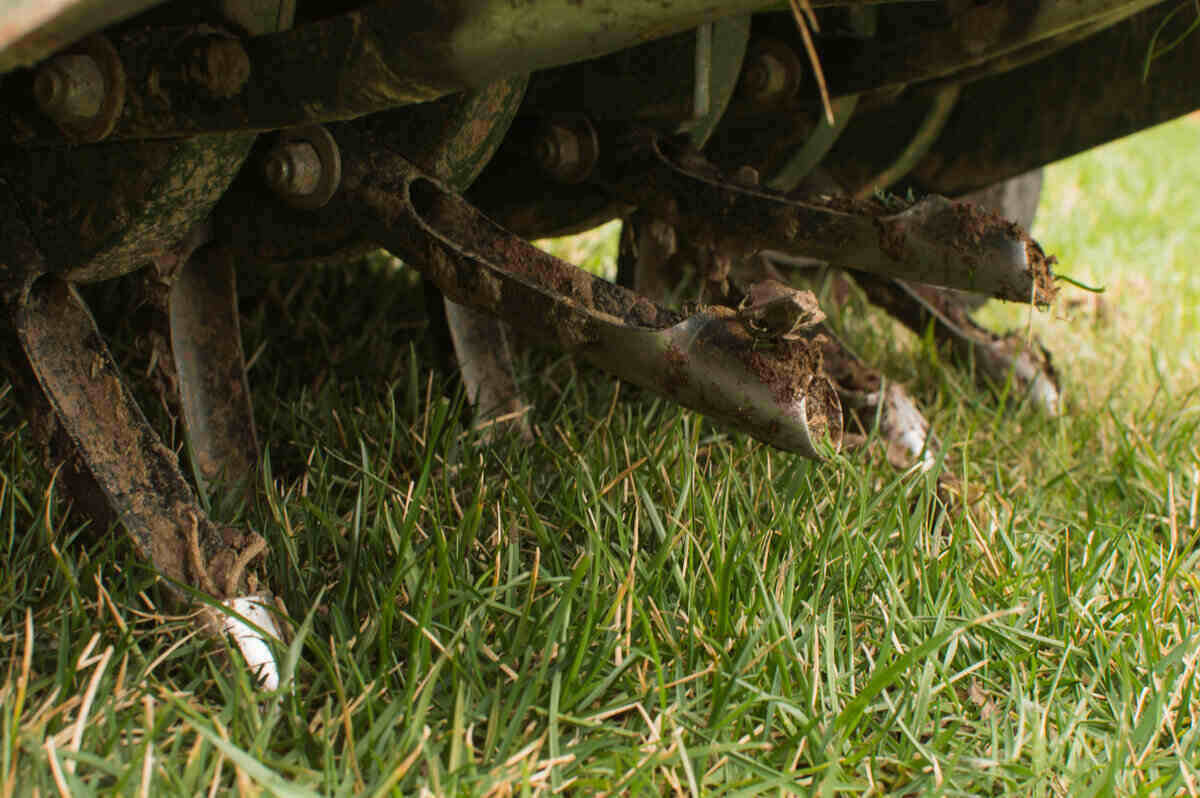
Aerating a lawn isn’t difficult, but this lawn care chore can be time-consuming. In this guide, we’ll show you how to aerate a lawn, the benefits of aeration, and the types of aeration. We’ll even detail the best time of the year to aerate your lawn. Hint: That depends on your type of grass.
First, though, what is aeration, and how does it help your lawn? Aeration creates holes in compacted soil so air, nutrients, and water can reach your lawn’s roots. When the soil is too compact, your grass won’t have optimal access to the vital resources it needs to flourish and be as green as possible.
How to Aerate Your Lawn (in 7 Easy Steps)
Before you dig in your yard, call 811 a few days beforehand. 811 is a free service that marks the underground utility lines. Giving them a call ahead of time gives the utility workers ample time to mark or paint the areas where these lines are located. Remember to avoid the marked areas when aerating your yard.
1. Choose an Aerator Tool
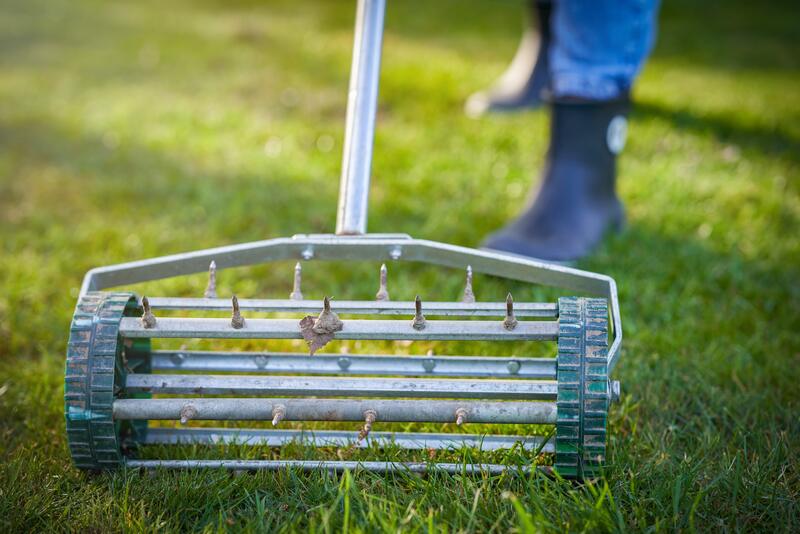
The first step to aerate a lawn is choosing the tool you will use. There are different ways you can perform core aeration and spike aeration. (Unfamiliar with the types of aeration? Jump to “Core Aeration vs. Spike Aeration”, then scroll back up here.)
How to use an aerator will depend on which one you choose:
- Manual core aerator: Like pressing your foot on a shovel, you use your foot to push a manual core aerator into the ground. The soil travels through hollow tines and pops out as a 2- to 3-inch-long plug. Using a manual core aerator on a large yard may prove tiring and time-consuming.
- Push-behind core aerator: This tool is excellent for aerating a large yard. You push this kind of core aerator like a lawn mower, and there are gas- and electric-powered versions. Many home-improvement stores offer hourly, daily, or weekly rentals of push-behind core aerators.
- Tow-behind core aerator: If you don’t want to press down on a manual core aerator or push behind a core aerator, you can attach a tow-behind core aerator to your lawn tractor.
- Manual spike aerator: Pitchforks and spading forks make suitable manual spike aerators. They may even be in your garden shed, making a pitchfork or spading fork an easy solution for spike aeration.
- Spiked aeration shoes: You attach these spiked “sandals” to your shoes and walk around your yard to create tiny holes in your lawn. This spike aeration method might appear fast and easy, but pressing the spikes into the ground takes energy.
- Rolling push aerator: The spikes on a rolling push aerator rotate and pierce holes into the ground as you push this tool across your lawn.
- Tow-behind spike aerator: To spike aerate a large area with ease, attach a tow-behind spike aerator to the back of your lawn tractor.
2. Mow the Lawn
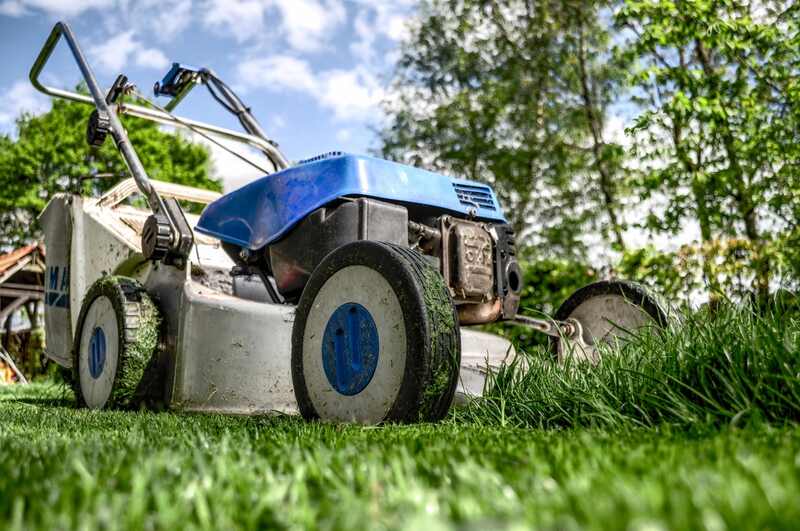
Mowing the grass to a shorter height a few days before aerating makes it easier for the aerator’s tines or spikes into the soil. This allows the aeration machine to penetrate deeper, breaking up compacted dirt and promoting the flow of air, water, and nutrients to the root system.
When mowing your lawn before aerating, it’s important to follow these tips:
- Ensure the grass is dry: Mowing wet grass can result in uneven cuts and clumping, hindering the aeration process.
- Cut to correct height: Cut the grass to the correct height based on your grass type. Aim to remove no more than 1/3 of the grass blade length in a single mowing session to prevent mowing too low and damaging your turf.
- Use sharp mower blades: Dull blades can tear the grass instead of cutting it cleanly, resulting in an uneven lawn surface. To achieve clean and precise cuts, regularly sharpen your mower blades.
3. Irrigate the Lawn
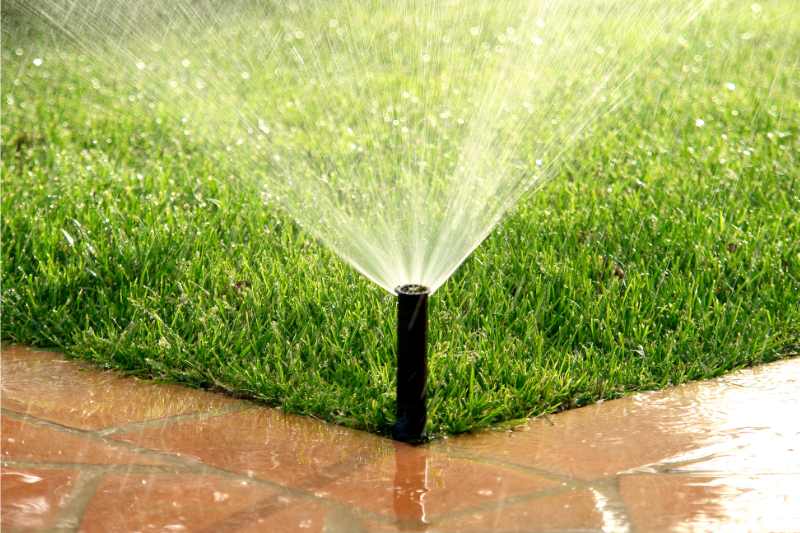
Water the lawn with 1 inch of water one or two days before you aerate to help soften the soil. Irrigating the lawn before aeration is vital to soften the soil and make it easier for the aerator’s tines or spikes to penetrate.
If the soil is wet on the day you plan to aerate, wait another day. Aerating wet soil creates a muddy mess, which can ruin your tools and defeat the whole purpose of aeration. Why? Because the mud will close up the aeration holes.
4. Flag Sprinkler Heads
Before aerating a lawn, flag your sprinkler heads. Identifying their locations will help you avoid damaging them during aeration. Aeration equipment has the potential to knock out or break sprinkler heads. Considering the cost of a sprinkler system, it’s better to be safe than sorry.
To flag sprinkler heads, follow these steps:
- Locate sprinkler heads: Walk around and identify the exact spots where the sprinkler heads are located.
- Mark sprinkler heads: You can find flags or stakes at your local garden or hardware store. Once you have identified the sprinkler heads, mark them accordingly.
- Check your system: While you’re at it, take a little time and audit your sprinkler system. To prevent problems later on, it’s a good idea to regularly check your sprinkler system for potential leaks or damage in early spring.
If you’re aerating in the early fall, now would be a good time to start planning on winterizing your sprinkler system
5. Aerate the Entire Lawn
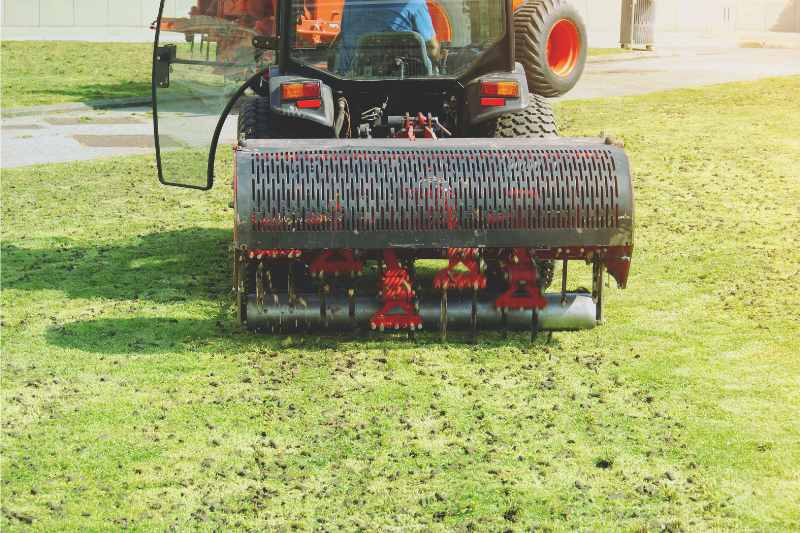
Aerate your whole lawn, not just spots. Criss-cross your yard as you do when sowing seed or mowing the grass. Check that your aerator tool is making holes and popping up plugs of soil.
With a manual aerator, you’ll need to keep an eye on the distance between your holes. Ideally, they should be 3 inches apart. You may need to repeat the process with other aerators if you have highly compacted soil.
For example:
- If you’re using a manual aerator — such as a pitchfork or manual core aerator — ensure the aeration holes are 2 to 3 inches deep and roughly 3 inches apart across the entire lawn.
- Guide your push-behind aerator across the lawn like a push lawn mower. If your soil is severely compacted, aerate the lawn a second time in a perpendicular direction, as if you were creating a grid.
- If you use a tow-behind aerator, attach it to your lawn tractor and begin aerating your lawn. If your soil is tightly compacted, you may need to aerate the yard in a perpendicular direction a second time.
Staying off your lawn for a day or two after aeration is best to allow the soil to settle and minimize compaction. After that, you can resume your normal lawn activities.
6. Leave Plugs on the Lawn
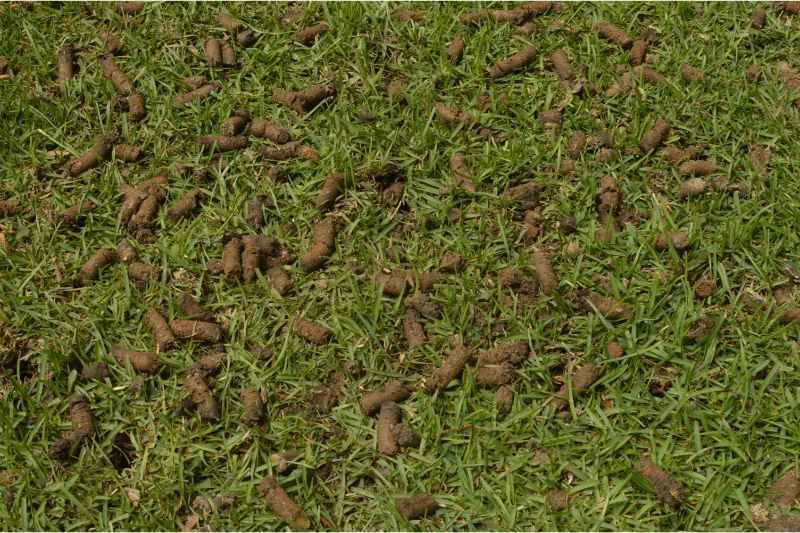
If you have used a core aerator, there is no need to remove the plugs in your yard. By leaving the plugs on the lawn, you not only save time and effort in removing them but also promote your lawn’s long-term health and vitality.
It typically takes about two weeks for the plugs to break down, but as the plugs dry and crumble, they will reintroduce organic matter into the soil. This DIY organic fertilizer is rich in nutrients essential for a healthy lawn.
7. Apply Soil Amendments or Overseed
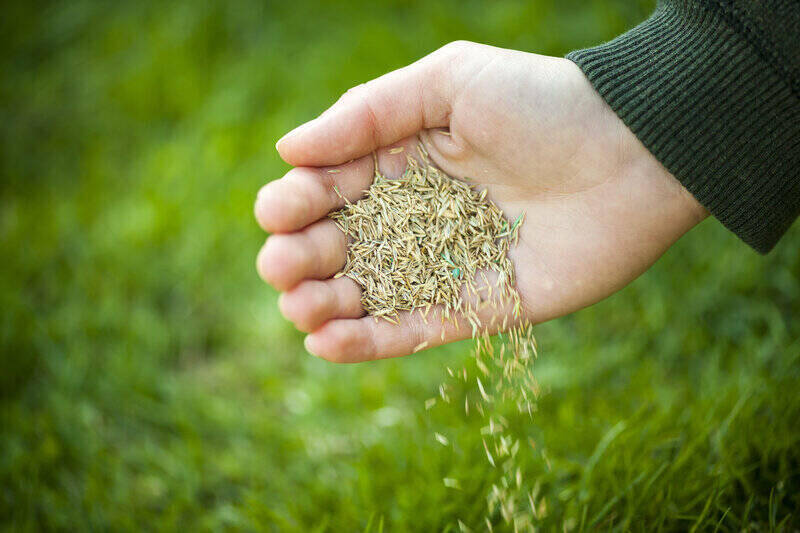
After aerating your lawn, applying soil amendments or overseeding can further enhance the health and appearance of your grass. These practices improve soil structure, nutrient availability, and grass density, resulting in a vibrant and lush lawn throughout the year. Here’s why:
Applying soil amendments will:
- Improve soil structure: Soil amendments, such as compost or organic matter, can enhance soil structure by increasing its capacity to retain water and nutrients.
- Enhance nutrient availability: Adding soil amendments can improve the availability of nutrients for better grass growth.
- Boosting microbial activity: Soil amendments can enhance beneficial microbial activity in the soil. In turn, this aids in the breakdown of organic matter, improves nutrient cycling, and enhances soil fertility.
Why overseed after aeration:
- Fill in bare or thin areas: Overseeding after aeration helps new grass seeds establish in areas of the lawn that are bare or thin. Turf becomes denser and more uniform as a result.
- Introduce new grass varieties: Overseeding the lawn with different types of grass can improve its overall resilience and appearance. In particular, this can be beneficial if your grass has been affected by lawn diseases or environmental stress.
- Increase turf density: Overseeding helps improve the turf’s density, which can help control weed growth and enhance the overall aesthetic appeal of the lawn.
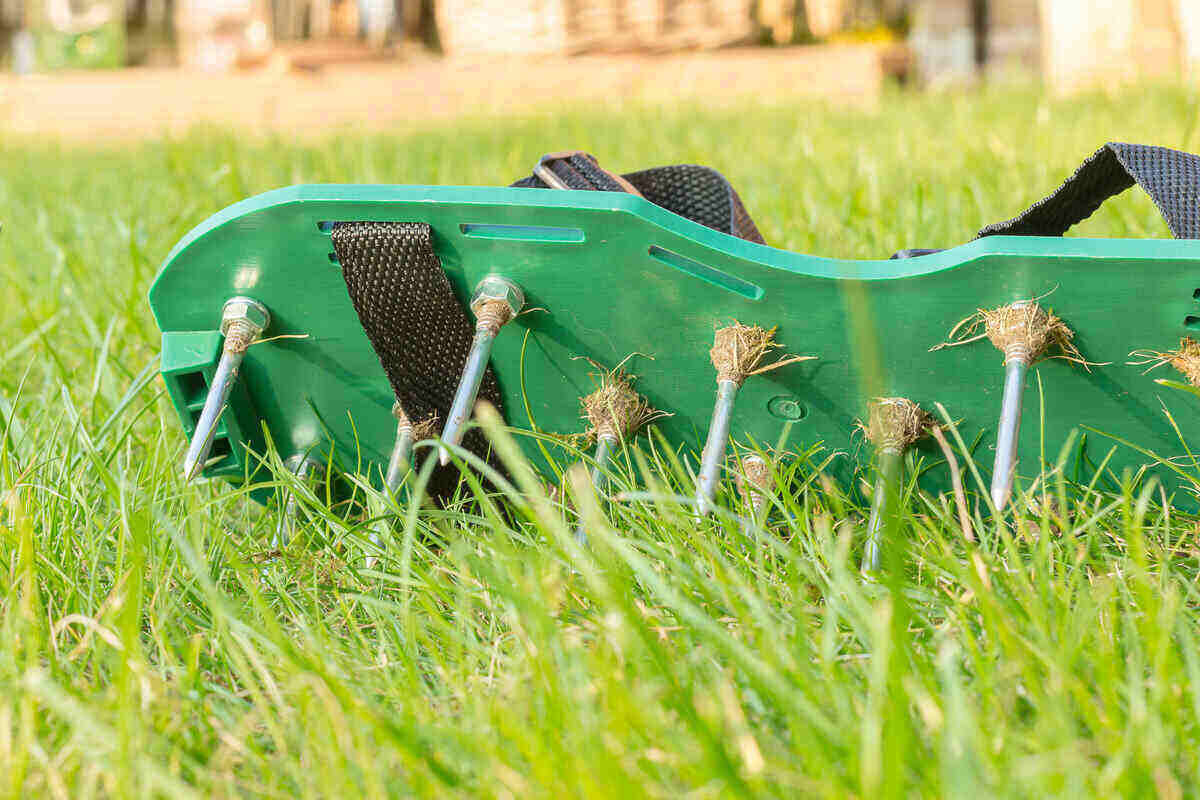
Core Aeration vs. Spike Aeration
Core aeration vs. spike aeration? In a nutshell, your lawn will benefit more from core aeration than spike aeration.
Here’s why: Spike aeration offers a short-term solution for compact soil, whereas core aeration offers a long-term solution. Unlike core aeration, which relieves compact soil for the whole yard, spike aeration can increase compaction in certain spots.
Core Aeration
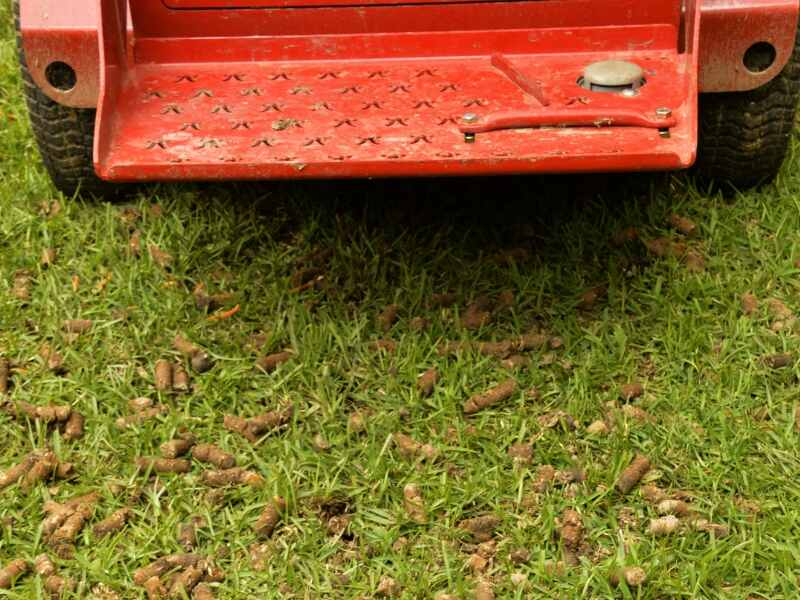
So, why is core aeration often considered the best way to aerate a lawn? It comes down to how the aeration holes are made. The hollow tines of a core aerator have a diameter of about 3/4 inch and can penetrate the soil to a depth of about 2 to 3 inches.
How core aeration works: Core aeration uses a plug aerator to create holes by removing plugs of soil from the ground. These holes allow air, water, and nutrients to reach the roots, which can grow into the open space.
How core aeration reduces compaction: Imagine your lawn as a crowded room where people are bumping into each other, and it’s challenging to breathe. Core aeration relieves the crowded space by removing people from the room. With fewer people in the room, everyone has more space to stretch their arms and breathe easier.
Spike Aeration
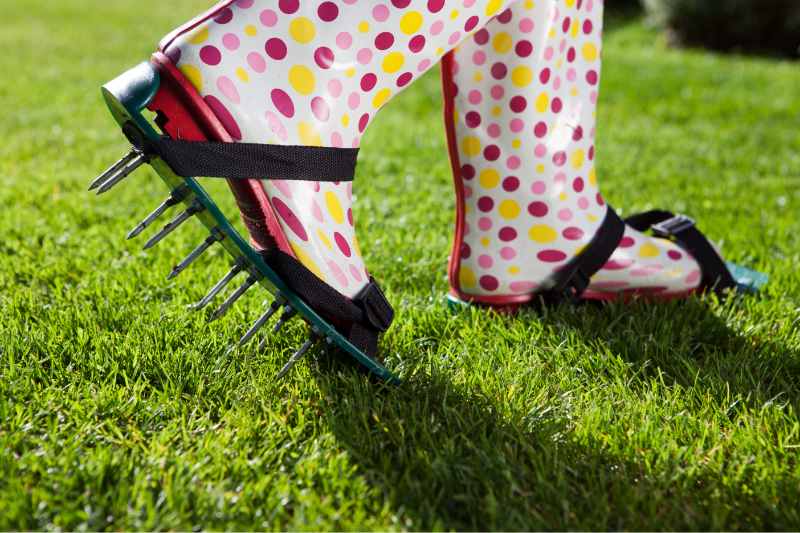
Why do some homeowners prefer spike aeration? It offers a quick solution, especially for those with small lawns. You can simply grab a spading fork from the garden shed and punch a few holes in the ground. These holes will temporarily create space for water, oxygen, and nutrients.
How spike aeration works: Spike aeration pokes holes in the ground. This process does not remove soil but pushes it deeper into the ground and towards the sides using solid tines on an aerator tool or shoes.
Here’s the drawback: Spike aeration pokes holes in but doesn’t remove any soil. Instead, the aerator tool’s (or shoes’) solid tines push the soil further into the ground and toward the sides.
The spikes ultimately create small pockets of space while increasing soil compaction around the sides of the holes. The compact sides around the holes still block a significant amount of air, water, and nutrients from reaching the roots.
How spike aeration increases compaction: To illustrate this, let’s imagine a crowded room. Small pockets of open space are created when people in the room squeeze closer together. Despite nobody leaving the room, it feels more crowded and compact because the available space is reduced.
Benefits of Core Aeration
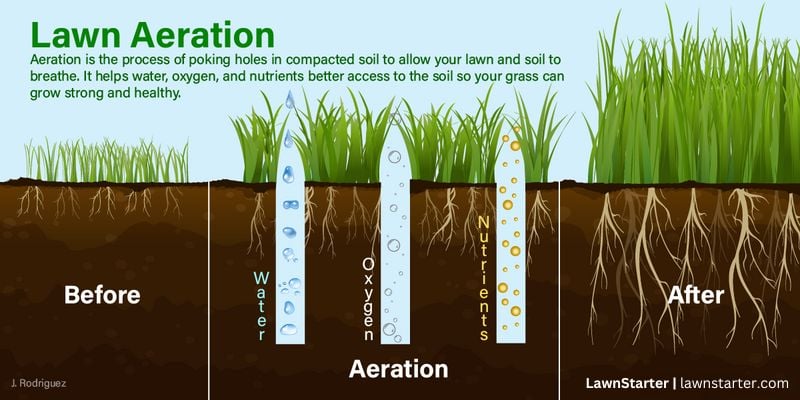
You know that core aeration is an important lawn care task, but how does it benefit your lawn?
5 Ways Core Aeration Helps Your Lawn
- Enriches the soil: When soil becomes compact, it squeezes so tightly that water, oxygen, and nutrients can’t move through it. Aeration creates small holes to allow oxygen, nutrients, and water to penetrate the soil.
- Improves root growth: Grass roots struggle to develop in compact soil. The aeration process loosens the soil and encourages root growth.
- Reduces thatch buildup: Lawn aeration penetrates thatch and helps minimize its buildup. Thatch is the dead and living organic matter that accumulates between the soil surface and the grass blades. Dethatching your lawn when it becomes too thick blocks water, nutrients, and air from reaching the soil.
- Benefits of earthworms: Compact soil makes it difficult for earthworms to perform their beneficial duties. For example, earthworms help control lawn thatch, but compact soil impairs their ability.
- Lessens drainage issues: When compact soil blocks water from seeping into the ground, this causes drainage issues. Aerating your lawn can improve drainage.
When to Aerate Your Lawn
The best time to aerate your grass is during its growing season. Aeration is a disruptive treatment; your grass will recover best when growing actively.
- If you have warm-season grass, the best time to aerate your lawn is in late spring or early summer. Warm-season grasses include bahiagrass, Bermudagrass, centipedegrass, St. Augustinegrass, and Zoysia.
- If you have cool-season grass, the best time to aerate your lawn is in the fall. Cool-season grasses include bentgrass, fine fescue, Kentucky bluegrass, perennial ryegrass, and tall fescue.
Causes and Cures for Compaction
Compacted lawns can occur for various reasons, including heavy foot traffic, excessive thatch buildup, and clay soil composition. Here are some common causes of compacted lawns and tips to prevent them:
- Heavy foot traffic: Lawns with high-traffic areas, where people constantly walk or play, can lead to soil compaction. To prevent this, create designated pathways or install stepping stones to distribute foot traffic evenly across the lawn.
- Thatch buildup: Excessive thatch buildup can prevent water and nutrients from reaching the soil, contributing to compaction. Follow our guide to spot signs of excessive thatch. Regularly dethatch your lawn by raking or using a dethatching machine.
- Clay soil: Clay soil has tiny particles that easily compact, reducing pore space for air and water circulation. To prevent compaction in clay soil, try topdressing it by adding compost or sand to the topsoil to improve its structure and drainage.
- Improper mowing: Mowing your lawn too short can weaken the grass and contribute to compaction. Follow the 1/3 rule, which recommends removing no more than one-third of the grass blade length in a single mowing session.
- Overwatering: Excessive watering can saturate the soil, making it more prone to compaction. Water deeply and infrequently, allowing the soil to dry out slightly between watering sessions.
Cost of Professional Aeration
The cost of aeration depends on the size of your yard and the method you choose. The cost of lawn aeration typically ranges from $75 to $225, with the average homeowner paying around $145. Several factors can affect the cost:
- Yard size: Larger yards require more time and effort, resulting in higher costs. To aerate a 1/4 acre lawn, expect to pay around $140.
- Aeration method: Different methods, such as core aeration or liquid aeration, have varying costs. Liquid aeration, the cheapest method, costs $75 on average. Spike aeration averages $85, and core aeration averages $200.
- Yard accessibility: Difficult access or obstacles can make aeration more challenging and impact the cost.
- Yard condition: Heavily compacted soil or other issues, like tall grass or excessive thatch, may require additional time or specialized equipment, increasing the cost.
- Geographic location: Aeration costs can vary depending on local market rates for lawn care services.
FAQ About Lawn Aeration
How Often Should I Aerate My Lawn?
If your lawn has heavy clay soil, you may need to aerate it once a year. If you have sandy soil or your soil doesn’t compact easily, aerating once every three years usually is enough. However, there may be other factors to consider, such as foot traffic and turfgrass health. Learn more in our article: “When and How Often Should You Aerate Your Lawn?”
What Are Some Signs My Lawn Needs Aeration?
These are common symptoms or indications your soil is compact:
- It’s challenging to stick a screwdriver in the soil
- The grass is thinning or turning yellow
- Puddles form in low areas, or you have an uneven yard
- Water quickly runs down elevated areas of your yard
- Your grass grows slowly or not at all
- Your yard has patches of bare soil where weeds and grass won’t grow
- Your lawn has a thick, spongy thatch layer
- Your yard frequently has lawn pests and disease problems
How Deep Should You Go When Aerating a Lawn?
A depth of 2-3 inches is the recommendation for how deep to aerate a lawn. The holes should be spaced 3 inches apart to alleviate compaction and promote healthier root systems.
Another Option? Hire a Pro for Lawn Aeration
Aerating a lawn isn’t difficult, but this lawn care chore can be time-consuming — especially if you use a manual core aerator. If you want to have the best lawn on the block but aerating isn’t how you want to spend a couple of hours (or more), hire a local landscaping pro to do it for you.
Main Photo Credit: Sherry Barr Photography / Shutterstock

